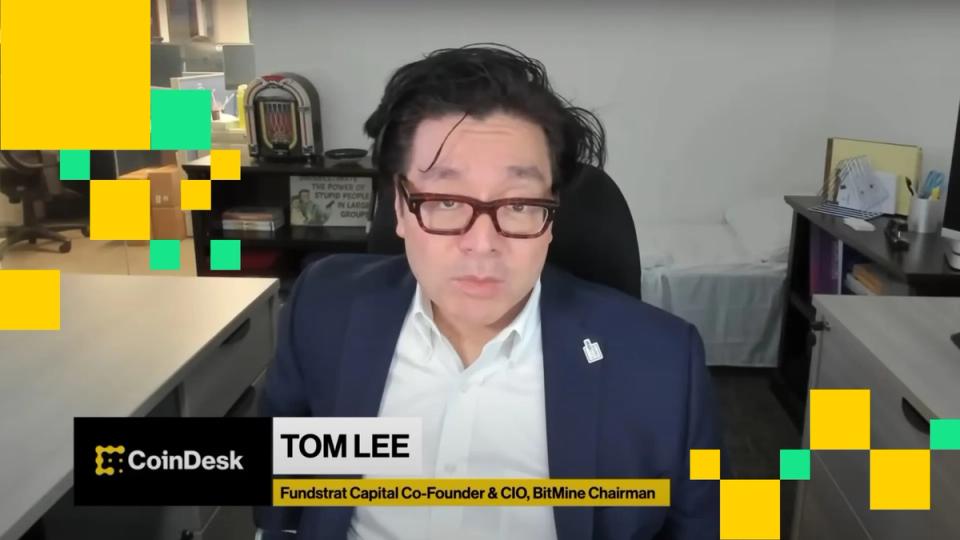BitMine Immersion (BMNR), the largest Ethereum-focused digital asset treasury (DAT) company led by Wall Street veteran Thomas Lee, is sitting on large unrealized losses on its big ether bet. .
The company on Friday reported net income of $328 million for its fiscal year ended Aug. 31, while fully diluted earnings per share came in at $13.39. It also declared a nominal dividend of $0.01 per share and announced plans to launch a staking infrastructure product, MAVAN (Made-in America Validator Network), in early 2026.
Despite the positive results, Markus Thielen, founder of 10x Research, warned that the company, along with other DATs, faces deep structural problems.
The company is now estimated to be sitting on more than $4 billion in unrealized losses on its holdings following a 45% drop in ETH prices since the August peak. BMNR’s stock price plunged 84% from its July peak, with the decline erasing the net asset value (NAV) premium that once fueled investor enthusiasm, Thielen noted.
Thielen argued that many digital asset treasury (DAT) companies rely on complex, multi-tiered entities such as asset managers, strategic advisors, and promotional figureheads with high salaries, while embedding fees that “quietly erode returns.”
He noted that BitMine’s executive compensation and external advisors could extract $157 million per year over 10 years through compensation and consulting contracts.
The return on staking Ether, a key source of income on crypto holdings, does not look so compelling to investors, Thielen noted. According to the CESR Composite Ether Staking Rate, the yield of Ether is currently around 2.9%, which is much lower than the yield of US dollar money market funds considered risk-free. Once operational costs and intermediaries are taken into account, the effective return to shareholders is much lower, Thielen said.
“No serious institutional allocator will accept” this yield, Thielen said, especially when “ETH price volatility exposes the underlying collateral to constant risk.”
Thielen warned that DATs could trap shareholders, especially as the net asset value premium collapses. “Investors find themselves trapped in the structure, unable to escape without significant damage – a true Hotel California scenario,” he said.




